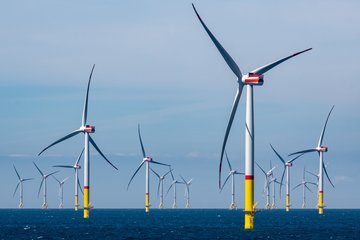DahlemTour Berlin audio guide (App)
Where it all started - tracking Max Planck Society's history in Berlin

The Dahlem research campus in southwest Berlin wrote scientific history at the beginning of the 20th century. It was the location where the Kaiser Wilhelm Society (KWG), founded in 1911, established its first institutes. The Max Planck Society, predecessor of the KWG was established in 1948. For the biochemist Adolf Butenandt, Dahlem was even ‘the heaven of science’. He was not the only one whose work was awarded the Nobel Prize.
In an audio guide illustrated with historical pictures, the new app tells the story of people whose discoveries changed the world. A GPS-located map leads to ten stations, which can be completely explored in a two-hour walk. If you have less time, you can shorten the tour or just visit certain stations. Looking at the palatial architecture of the historical scientific buildings, one would not expect that they housed high-tech laboratories at the time of their construction according to the standards of the time. They were used for highly specialized research in pioneering fields such as genetics, physical chemistry or atomic physics.
Today, Freie Universität Berlin uses many of the buildings, including the former KWI for chemistry. Otto Hahn and Lise Meitner carried out research there and their work led to the discovery of nuclear fission in 1938. Albert Einstein also left his mark. When he came to Berlin in 1914, he first lived in the service villa of his friend Fritz Haber on the Dahlem campus. Also legendary is the German uranium project at the KWI für Physik under Werner Heisenberg, which led to the construction of the first uranium reactor, but also brought a German atomic bomb within reach during the Nazi era.
The App DahlemTour Berlin reveals why this thankfully never happened and much more about the history of the MPG.
Downloads
DahlemTour Berlin audio guide (Apple App Store)
Compatible with iPhone, iPad and iPod touch.
Languages German, English
DahlemTour Berlin audio guide for Android devices
Languages German, English
















